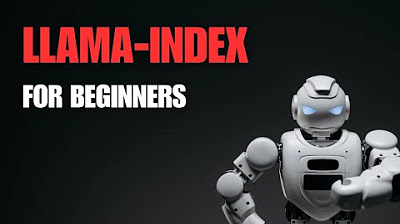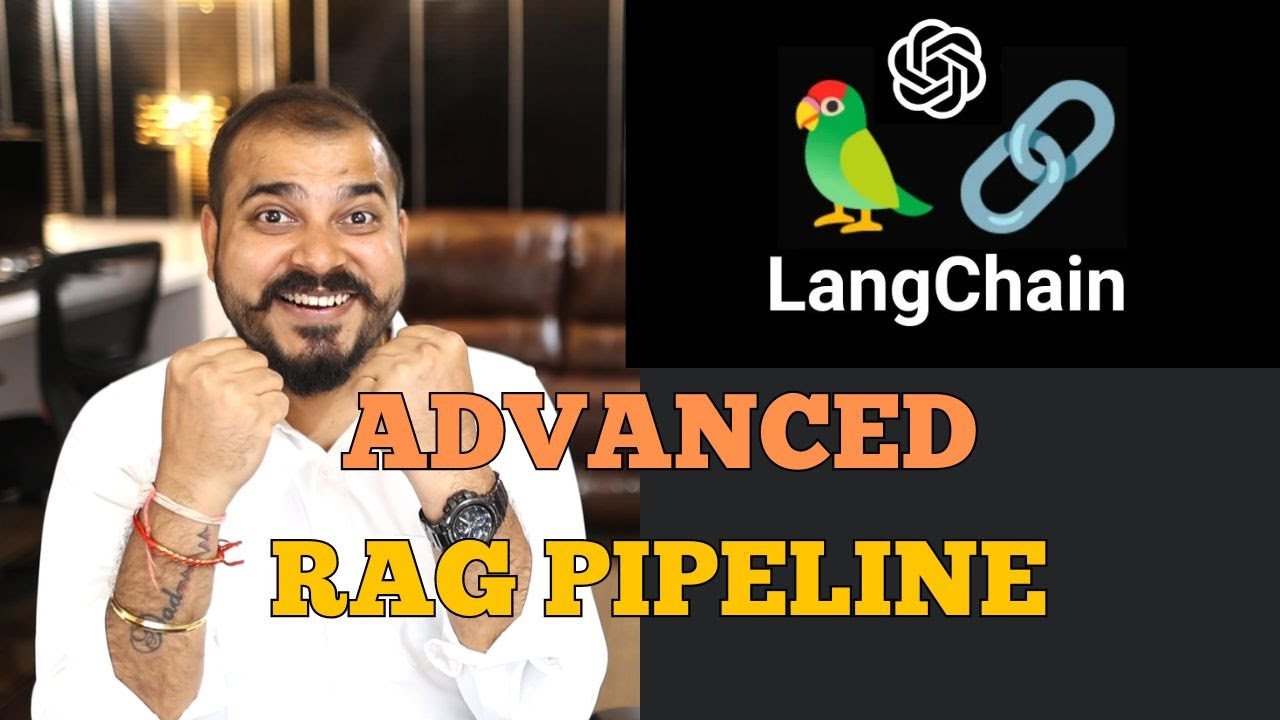Announcing LlamaIndex Gen AI Playlist- Llamaindex Vs Langchain Framework
Summary
TLDRIn this informative video, Krishak introduces a new playlist focusing on 'Lama Index,' a framework for integrating custom data with large language models (LLMs). He explains Lama Index's core functionality, its role in data indexing and retrieval, and distinguishes it from 'Lang Chain,' another generative AI framework. Krishak promises to demonstrate how to harness these tools for end-to-end projects, emphasizing Lama Index's efficiency in handling structured, unstructured, and semi-structured data for quick data lookup and retrieval.
Takeaways
- 🚀 The video introduces a new playlist focused on 'Lama Index', a framework for working with generative AI and large language models (LLMs).
- 📚 Krishak, the YouTuber, has been creating content around various LLM models and frameworks, including OpenAI, LangChain, Lama 2 from Meta, Hugging Face libraries, and Google's Ginipro and Pro Vision.
- 🔍 Lama Index is described as a flexible data framework specifically designed to connect custom data sources to large language models, facilitating efficient data retrieval and search.
- 📈 The script explains the process of 'indexing' with Lama Index, which involves creating metadata to enable quick querying and retrieval of information from custom data sources.
- 🛠️ Lama Index is positioned as beneficial for creating end-to-end projects, particularly where the focus is on connecting custom data to LLMs, as opposed to LangChain, which is more about building a wide range of generative applications.
- 📝 Differences between Lama Index and LangChain are highlighted, with Lama Index focusing on intelligent search, data indexing, and retrieval, while LangChain offers a broader range of functionalities for various use cases.
- 🔄 Lama Index is efficient for ingesting, structuring, and accessing private or domain-specific data, whereas LangChain is more about loading, processing, and indexing data with high customization.
- 🔑 Lama Index provides tools for integrating private data into LLMs, making it specialized for efficient and fast search, whereas LangChain allows chaining multiple tools and components for more flexible application behavior.
- 🌐 Both frameworks support a variety of LLM providers, but LangChain is noted to support more models, offering greater flexibility in terms of model integration.
- 🏢 Lama Index is best suited for applications requiring quick data lookup and retrieval, making it ideal for search-centric applications, while LangChain is suitable for applications needing complex interactions and memory.
- 🔧 The video promises upcoming content that will demonstrate the use of Lama Index and LangChain in projects, including handling multiple PDFs and showcasing various functionalities and use cases.
Q & A
What is the main focus of the video by Krishak?
-The video focuses on introducing and explaining the Lama Index framework, its benefits, and how it differs from Lang Chain, as well as discussing their use in generative AI projects.
What is Lama Index according to the video?
-Lama Index is described as a simple and flexible data framework for connecting custom data sources to large language models, enabling efficient indexing and retrieval of data.
What are some of the functionalities that can be created using Lama Index?
-With Lama Index, functionalities such as document Q&A, data-augmented chat, knowledge agents, and structured analysis can be created.
How does Lama Index handle different types of data?
-Lama Index supports the connection of unstructured, structured, and semi-structured data to large language models.
What are the three main steps in using Lama Index as described in the video?
-The three main steps are data ingestion, which connects to various data sources; data indexing, which stores and indexes the data for different use cases; and providing a query interface that accepts input prompts and returns knowledge-augmented responses.
What is the primary focus of Lang Chain compared to Lama Index?
-Lang Chain's primary focus is on building a wide range of generative applications, offering high customization and the ability to chain multiple tools and components.
How does Lama Index differ from Lang Chain in terms of data handling?
-Lama Index is specialized for efficient and fast search, ingesting, structuring, and accessing private or domain-specific data, while Lang Chain is more about loading, processing, and indexing data for various use cases.
Which types of applications are best suited for Lama Index according to the video?
-Applications that require quick data lookup and retrieval are best suited for Lama Index, such as search-centric applications.
What is the significance of using both Lama Index and Lang Chain in a project architecture?
-Using both allows for efficient data indexing and retrieval with Lama Index and then leveraging the flexibility and customization of Lang Chain to build complex generative AI applications.
What is the role of indexing in Lama Index as explained in the video?
-Indexing in Lama Index involves creating metadata that enables quick querying of the data, leading to faster and more efficient data retrieval compared to other methods.
What can viewers expect to learn in the upcoming videos by Krishak?
-Viewers can expect to learn how to create projects using Lama Index and Lang Chain, explore use cases, understand functionalities of Lama Index, and learn about vector embeddings in Lama Index.
Outlines

This section is available to paid users only. Please upgrade to access this part.
Upgrade NowMindmap

This section is available to paid users only. Please upgrade to access this part.
Upgrade NowKeywords

This section is available to paid users only. Please upgrade to access this part.
Upgrade NowHighlights

This section is available to paid users only. Please upgrade to access this part.
Upgrade NowTranscripts

This section is available to paid users only. Please upgrade to access this part.
Upgrade NowBrowse More Related Video

Llama-index for beginners tutorial

What Is Asked In Interviews For Data Science With Genertaive AI Roles?

Summing up 2025 MLOps/LLM/AI

Llama Index ( GPT Index) step by step introduction

Turn ANY Website into LLM Knowledge in SECONDS

5-Langchain Series-Advanced RAG Q&A Chatbot With Chain And Retrievers Using Langchain
5.0 / 5 (0 votes)